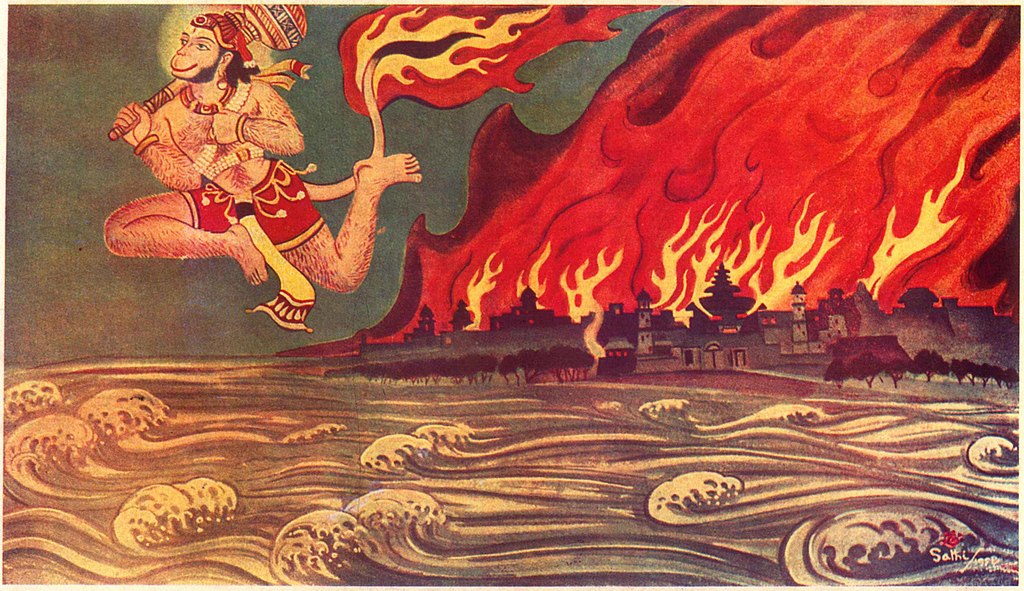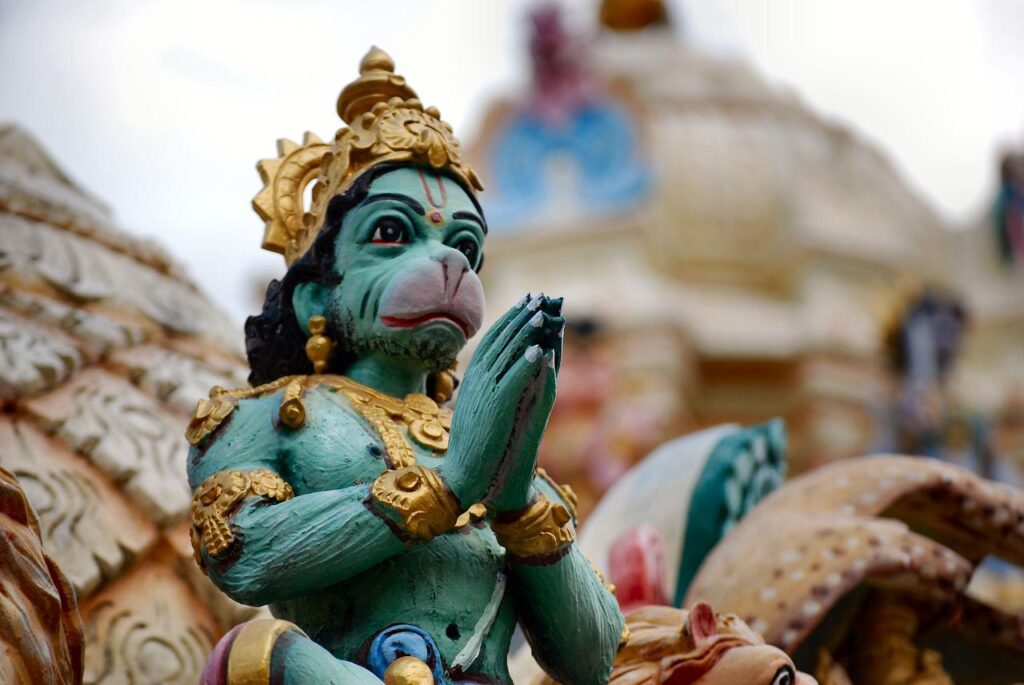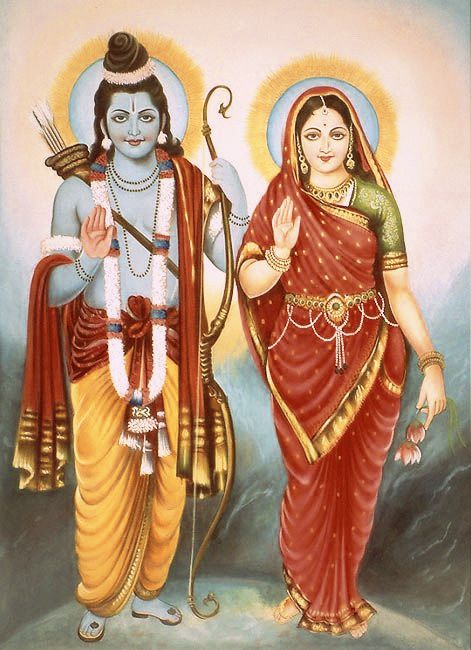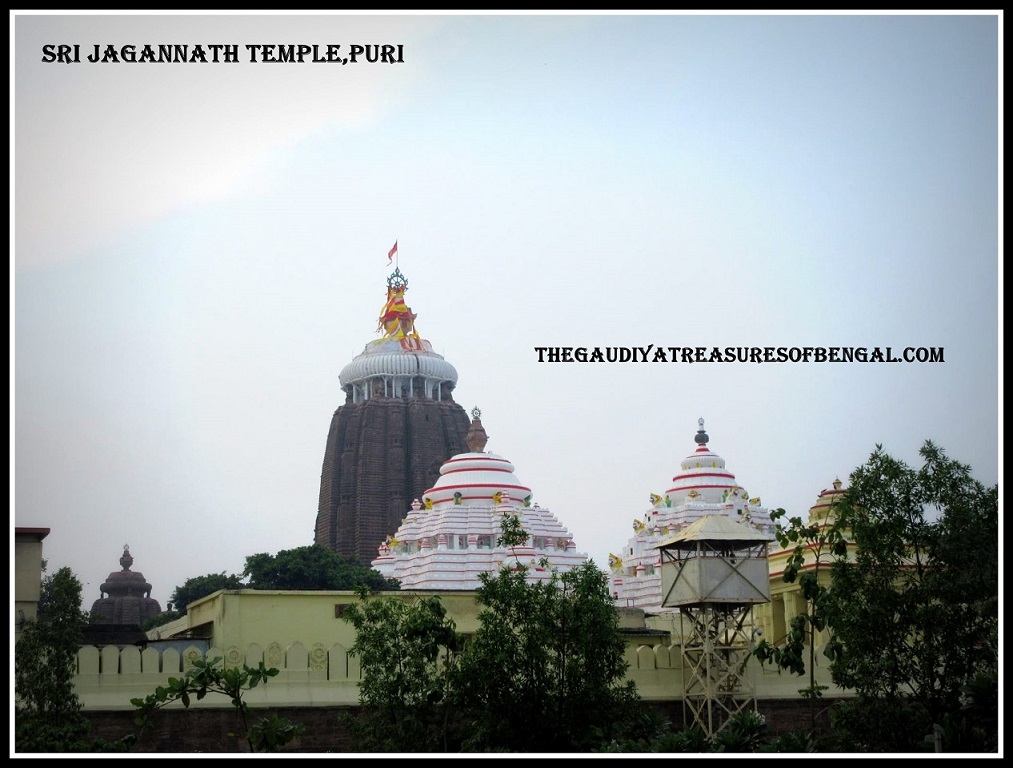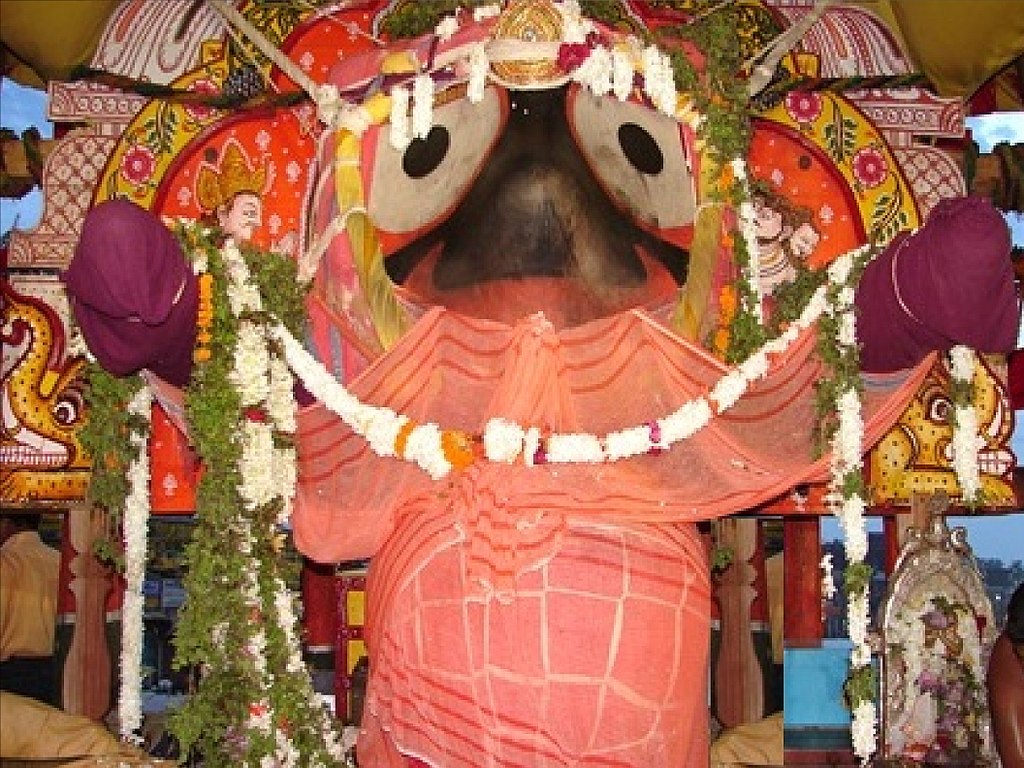
(Continued from Part1)
In the previous article, we have explained the divine identity and lineage of Lord Rama. We have talked about how He toured with sage Visvamitra to vanquish the Rakshasas and how He broke the celestial bow in Mithila to win Sita’s hand in marriage. We have narrated how Manthara poisoned Kaikeyi’s heart and how Kaikeyi halted the coronation of Lord Rama. We have described how Lord Rama was subsequently exiled to the forest, following the wishes of queen Kaikeyi, and how this plunged King Dasaratha, the royalty, and the entire city of Ayodhya into despair.
The citizens of Ayodhya followed Rama, Lakshmana, and Sita into the forest and would not desert them. ‘Without Rama, what is the use of our house, children or wealth?’, they thought. Feeling compassionate, Rama, Lakshmana, and Sita drove away in the middle of the night while these ordinary citizens lay asleep. In this way, Rama prevented them from any further agony.
Finally, Rama, Lakshmana, and Sita reached Ushinara province, a territory that was ruled by Guha, Rama’s friend. Guha met with Rama at the shore of the Ganges. Though Guha had brought several gifts, Rama rejected them as He had taken a vow of leading an ascetic life. Guha and Lakshmana stayed awake guarding Rama and Sita as they slept on a bed of leaves. It was time to quit the chariots and go walking barefoot. Crossing over the river, the next morning, Rama bade goodbye to Guha and Sumantara, before entering the dense forests.
